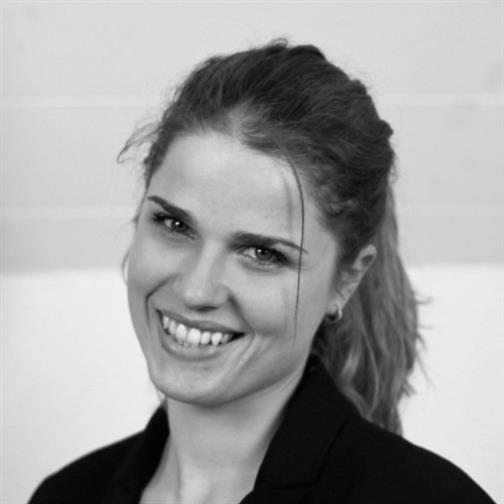As Bryan Lufkin describes in his bcc worklife article, people tend to be more creative in public spaces than isolated at home. Many big authors, painters, and philosophers have done their best work in coffee shops, e.g. JK Rowling, Pablo Picasso, or Jean-Paul Sartre.
Remote work from home is the new normal during the Covid-19 pandemic and it might become a permanent situation. Going back out to work in public might be a choice and we will have to ask ourselves if we even want to do it. But it seems that putting on noise-cancelling headphones to cancel out outside noises is not the same at the desk at home, as it is in a crowded place. In many ways coffee shops trigger creativity in a way offices and homes don’t. Research has shown that the stimuli in coffee shops make them effective environments to work. It’s the combination of noise, crowds of people and visual variety that can give us the right amount of distraction to help us generate ideas. The background noise in a public setting can benefit our creative thinking – so it’s not just the coffee.
A study published in 2012 in the Journal of Consumer Research showed that if you are slightly distracted from the task at hand by ambient stimuli, it boosts your abstract thinking ability. Another study from 2019 described that stochastic resonance, originally observed in animals, can boost your senses. They showed that crayfish were better at avoiding predators when a small amount of random electrical currents were added to their tail finds. Similarly, paddlefish caught more plankton when small currents were added to the water. This demonstrates that sensory signals can be enhanced by noise and therefore improve behavior in various animals. They showed that an optimal noise level allows humans to see, hear and feel better. Too much noise degrades the performance though. The perception and behavior of humans occurs due to the firing of brain cells. Sometimes the brain cells fire randomly. It is demonstrated that this random activity of the brain cells can be beneficial for cognitive performance.
In addition, in coffee shops we are surrounded by people who have come to do the same thing, which acts as a motivator. A study from 2016 has shown that people are much more willing to invest time and effort in a task when other people around us do the same task.
Another reason why working in a coffee shop might be more appealing than working from home or in the same office is the visual variety we experience in a coffee shop. Often, we sit in the same chair and look at the same four walls. Many offices introduced table sharing, which allows you to sit at a different desk every day at work. Visual simulation, such as the decoration in an office, has an effect on people’s creative thinking process. Joy Paul Guilford came up with models of thinking as a tool in creative problem-solving. Convergent creative thinking is the opposite of divergent thinking. It is the ability to give the correct answer to standard questions by using external stimuli. Coffee shops generally have many visual stimuli that can spike creativity.
But also group meetings can generate more outcome in coffee shops. The informality when meeting up in a café, rather than the implied formality when gathering on digital meeting platforms, can be very beneficial. All the visual and audio stimuli help groups as well, compared to the silence in a video call or a formal meeting room.
Even if working from home will still be an option in the long-term, the benefits of working in a coffee shop from time to time seem to be convincing. And maybe the coffee is better too.

